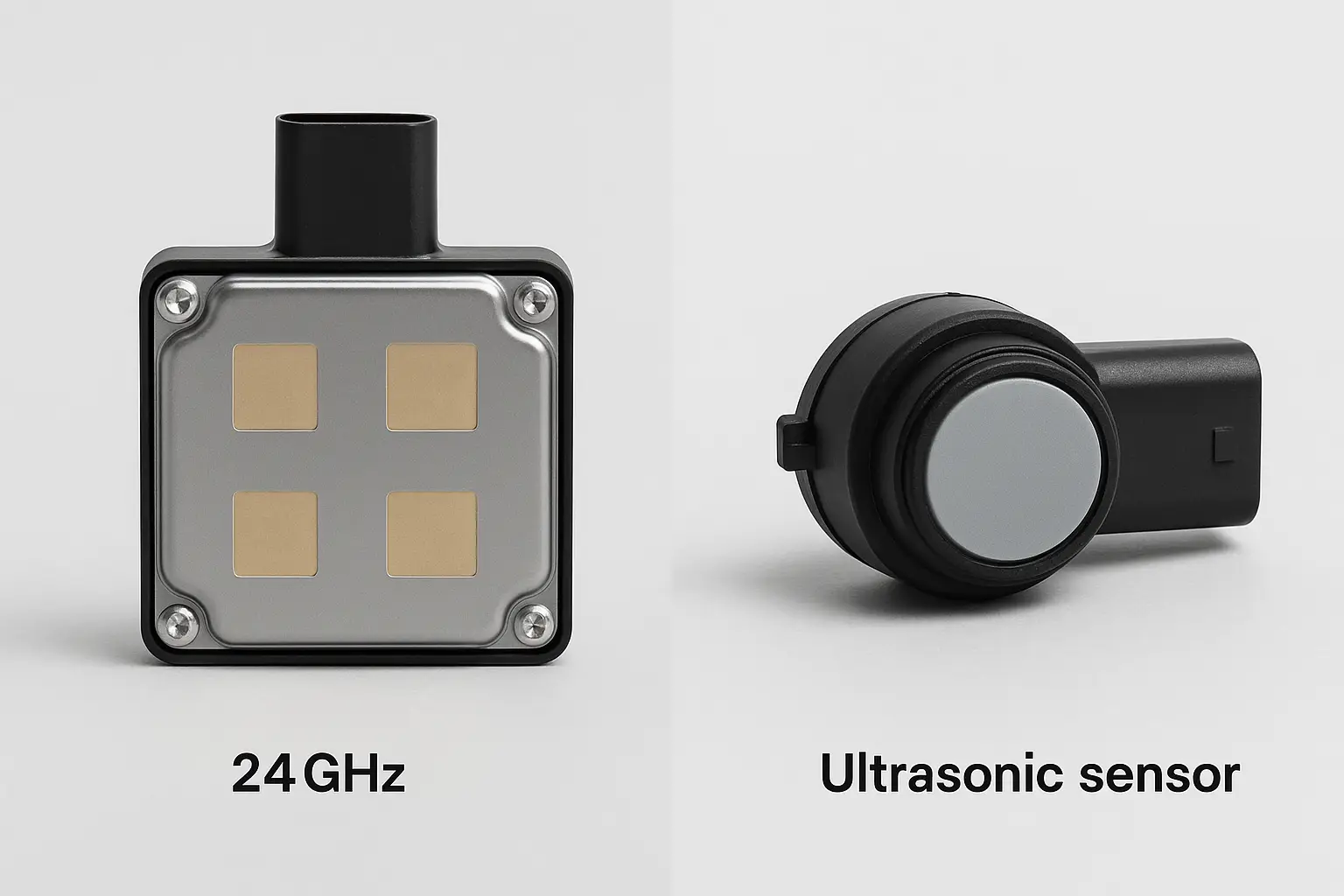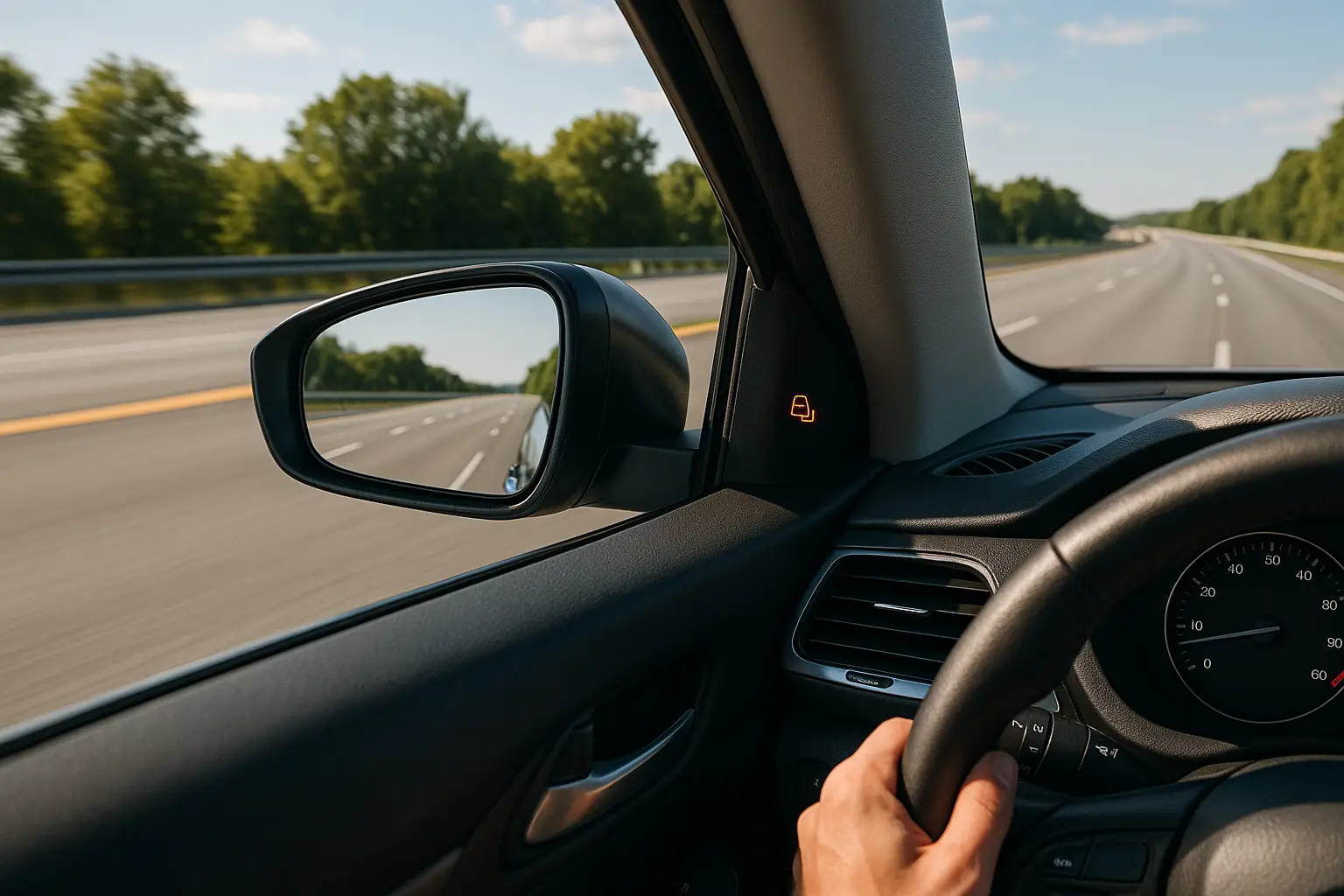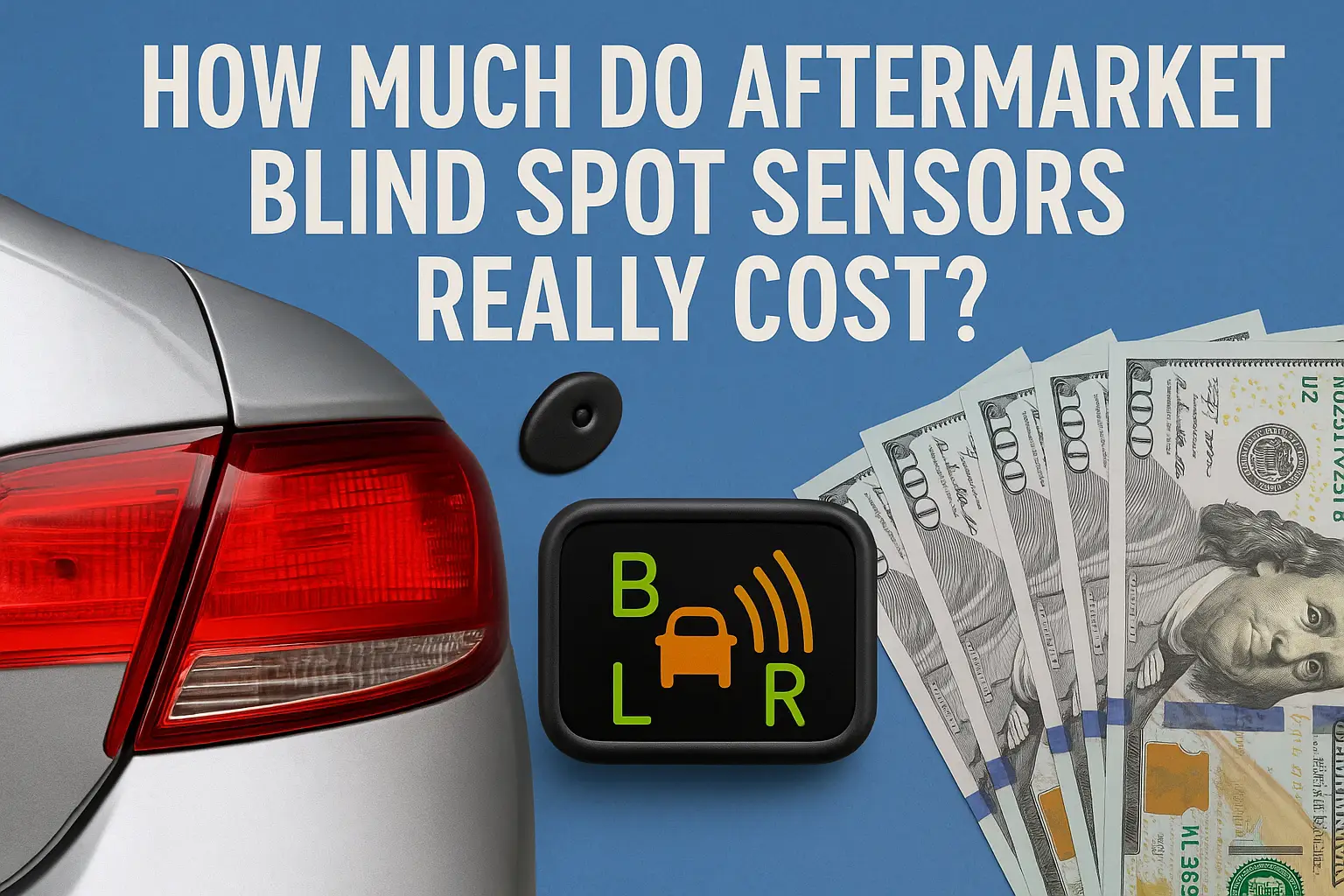That heart-stopping moment when you start to change lanes and a horn blares from your blind spot is terrifying. You want the safety of blind spot sensors, but what's the real bottom line?
The total cost for aftermarket blind spot sensors, including professional installation, typically ranges from $450 to $1,000. The sensor kit itself costs between $250 and $500, with installation adding another $200 to $500 depending on the system's complexity and your vehicle.

That's a pretty big price window, and it's easy to get lost in the options. The final amount you'll pay isn't just a random number; it's a combination of the technology inside the box, the skill required to install it correctly, and the level of safety you're ultimately buying. To really understand the cost, we need to break down what you're paying for piece by piece.
What Factors Determine the Price of the Sensor Kit Itself?
You're scrolling online and see kits for under $100 and others over $500. Choosing the wrong one could mean wasting money on a system that's unreliable or just plain annoying.
The price of a kit is mainly driven by its sensor technology (advanced radar vs. basic ultrasonic), bundled features like Rear Cross-Traffic Alert, and the brand's reputation for quality and reliability. Better technology simply costs more to manufacture but delivers far superior performance.

When I was outfitting my older sedan, I fell down this rabbit hole. The cheap kits were tempting, but I quickly learned the price difference is all about what’s under the hood, or in this case, behind the bumper.
Technology: Radar vs. Ultrasonic
The biggest price driver is the core technology. Cheaper kits use ultrasonic sensors, which work like parking sensors. They send out sound waves and are decent for very close objects but have a short range and can be easily confused by rain, dirt, or even wind. Premium kits use radar, typically in the 24GHz or 77GHz frequency band. Radar is vastly superior. It has a much longer detection range, can track the speed of approaching vehicles, and works flawlessly in almost any weather condition. It's the same technology automakers use, and that quality comes at a cost.
Features and Integration
You're not just buying detection; you're buying the alert system. A basic kit might just have a loud, generic buzzer. A better kit will have visual indicators, like LED lights you stick on your A-pillars. The best kits offer OEM-style indicators that can be built into your side mirrors for a clean, factory look. Many premium kits also bundle Lane Change Assist (LCA) and Rear Cross-Traffic Alert (RCTA), which warns you of cars approaching from the side as you reverse. This added software and capability increases the price but dramatically improves safety.
| Aspect | High-End Radar System | Basic Ultrasonic System |
|---|---|---|
| Technology | 24/77GHz Radar | Ultrasonic Sound Waves |
| Typical Price | $300 - $500+ | $150 - $250 |
| Pros | Long-range, highly accurate, all-weather, tracks vehicle speed, includes features like RCTA. | Low cost, simple installation. |
| Cons | Higher cost, more complex installation. | Short range, less reliable, affected by weather, can have more false alerts. |
Why Does Professional Installation Cost Almost as Much as the Kit?
You've got your new sensor kit, but the installation guide looks like an engineering schematic. You think about doing it yourself to save cash, but a mistake could render the whole system useless.
Professional installation costs $200-$500 because it's a labor-intensive job requiring precision, specialized tools, and electrical knowledge. It involves removing bumpers, drilling, exact sensor calibration, and safely integrating the system with your car's wiring, taking 2-4 hours of skilled work.

I'm all for DIY, but this is one area where I learned my lesson. On a previous car, I tried installing a radar system myself. It required me to take off the entire rear bumper fascia without breaking any of the fragile plastic clips. Then I had to drill holes in the exact location and angle specified by the manufacturer. If the sensor is aimed even a few degrees off, it can completely mess up the detection zone. After spending a frustrating Saturday routing wires and getting everything connected, the system gave constant false alerts. I ended up paying a professional to fix my work, which cost more than the initial installation would have.
The Complex Installation Process
A professional installation isn't just plugging something in. Here's what's involved:
- Disassembly: Carefully removing the rear bumper and sometimes interior trim panels.
- Mounting: Precisely measuring, drilling, and mounting the sensors to the vehicle's body. Calibration is key here; the angle and height must be perfect.
- Wiring: Routing the wiring harness from the rear of the car to the front cabin, hiding it behind panels for a clean, safe install.
- Electrical Integration: Tapping into the correct power source, ground, and the car’s turn signal wires or CAN bus system so the alerts activate at the right time.
This isn't a simple job. It requires the right tools, patience, and experience to avoid damaging your car. The labor cost reflects that expertise.
Is Investing in a Premium System a Smarter Financial Choice in the Long Run?
You're weighing a $400 system against a $900 system. The temptation to save $500 is strong, but what are the hidden costs of going cheap? A system that fails to work once is one time too many.
Yes, a premium system is almost always a smarter long-term investment. Its higher initial cost is offset by superior reliability, fewer false alerts, valuable features like RCTA, and the prevention of a single accident that could easily cost over $1,000 in repairs and insurance hikes.

Think of it this way: what's the purpose of the system? To prevent an accident. A cheap system with frequent false positives (beeping at guardrails or parked cars) will just make you ignore it. Even worse is a false negative—when it fails to detect a car that's actually there. That's where the value of a premium system becomes crystal clear. You're paying for dependability.
Calculating the Return on Investment
Let's do some simple math. A minor fender-bender or sideswipe can easily result in a $1,500 repair bill. Even if you have a $500 deductible, your insurance premium is likely to go up for the next few years, costing you hundreds more. The extra $300 to $500 you spend on a high-quality, professionally installed radar system is an insurance policy against that one event. The first time it prevents a lane-change collision, it has already paid for itself several times over.
The Value of Added Features
Don't discount the value of features like Rear Cross-Traffic Alert (RCTA). The National Safety Council reports that thousands of injuries occur each year in parking lots. RCTA is a lifesaver in busy grocery store lots, warning you of approaching cars you can't possibly see. This feature, typically only found in premium kits, adds another layer of accident prevention that makes the higher cost a very logical choice for day-to-day driving.
Schlussfolgerung
When it's all said and done, the true cost of aftermarket blind spot sensors lands between $450 and $1,000. This price reflects both the hardware and the critical skilled labor for installation. My personal experience has shown me that this is not the place to cut corners. Investing in a quality radar system with professional installation is a direct investment in your safety and peace of mind on the road.


